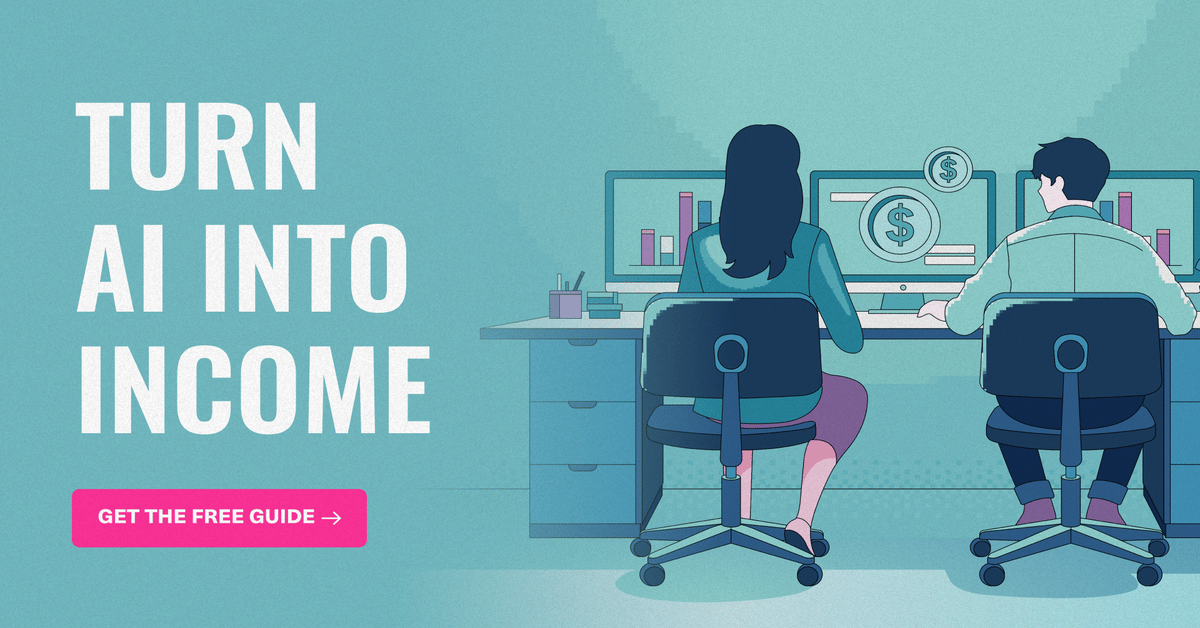- Ready for Tomorrow
- Posts
- What does an engineer feel when a machine thinks?
What does an engineer feel when a machine thinks?
When robots start making decisions, engineers face a new kind of question: what’s our role in a world where machines think for themselves?
I remember that moment like it was yesterday.
The year was 2020, some industry conference, a demo prepared in a rush, a backpack full of cables, stress like before a university exam, and… a “krówka” candy as the main character.
Not just any krówka. A Polish one. The kind that stretches, sticks to your teeth, and brings back childhood memories.
The robot had one task: pick up the krówka from point A and deliver it to point B. Simple, right? Well, let’s add a twist: I wasn’t the one programming the path. The robot did it itself, in real time, based on sensor data. RealTime Robotics. A company that used technology developed by engineers previously associated with DARPA. That was my first contact with something that truly resembled “intelligence” in the world of robotics.
Our task – as viewers and participants of the demo – was to move the obstacles in such a way that the robot wouldn’t be able to deliver the candy to point B. Nobody succeeded. The robot chose a new path every time, in real time. Literally.
OK, it moved like it was playing Tibia – a bit choppy, like it hadn’t realized it was 2020 and not 2003. But even so, it was fascinating. Groundbreaking. And a little scary.
Turn AI Into Your Income Stream
The AI economy is booming, and smart entrepreneurs are already profiting. Subscribe to Mindstream and get instant access to 200+ proven strategies to monetize AI tools like ChatGPT, Midjourney, and more. From content creation to automation services, discover actionable ways to build your AI-powered income. No coding required, just practical strategies that work.
Because that was the first time I felt like the machine was truly “thinking.” Not like a human, of course. But also no longer like a typical robot, where everything needs to be drawn, calculated, tested. This one just worked. It adapted. It decided.
And you know what? It was beautiful. And weird. Because as an engineer, on one hand you feel excitement, and on the other… unease.
As if the world you knew had just flipped upside down.
Some time has passed since then. Today, similar solutions don’t trigger the same “wow” anymore, because we’re getting closer to a world where it’s the machine that chooses, and the human watches. Programming by demonstration, learning by repetition, path selection based on five sensors and three algorithms. And more and more often I find myself asking:
👉 Is it good that the world is changing this way?
👉 Is the automation of everything our goal, or just a side effect of convenience?
👉 Will there still be a place for humans in all this?
I don’t have a clear answer. Maybe it’s good that I don’t.
Because maybe that’s exactly the difference between us and the robots – we have doubts.
And doubts are the luxury of thinking beings.
Cheers,
Jacek!


Reply